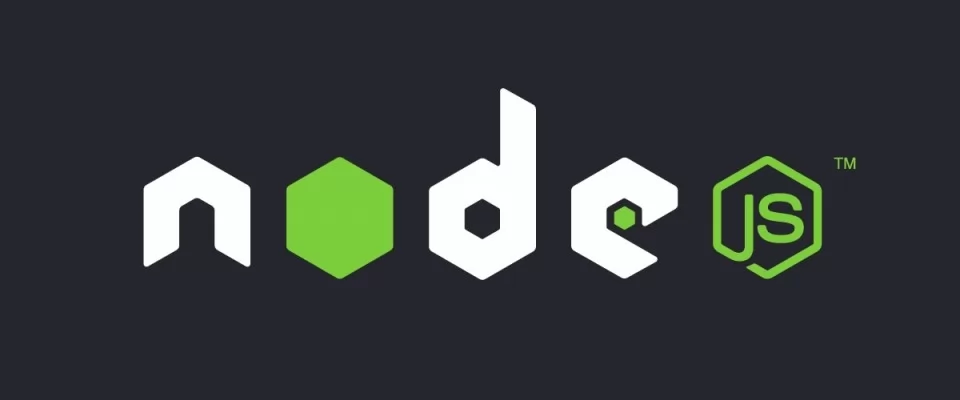Let's see how you can connect to a MySQL database using Node.js, the popular JavaScript runtime environment.
Before we start, it is important to note that you must have Node.js installed on your system. Likewise, you must create a MySQL database.
Create a MySQL database
If you haven't already done so, you can create the database in any way you like. You can create it using applications such as phpMyAdmin or manually using the MySQL command line. To create it via the command line, follow these steps:
Connect to MySQL from the command line and enter the password when prompted:
mysql -u USER -p
Create a sample table, which in this case we will call employees:
CREATE DATABASE employees;
Select the database you have just created:
USE employees;
Create a table in the database:
CREATE TABLE IF NOT EXISTS employees ( id int(11) NOT NULL AUTO_INCREMENT, name varchar(50), PRIMARY KEY (id) );
Insert some example data in the table:
INSERT INTO employees (nombre) VALUES ("Silvia");
INSERT INTO employees (nombre) VALUES ("Luigi");
INSERT INTO employees (nombre) VALUES ("Alejandro");
You can now run queries on the table.
Install node-mysql
You will need to have the node-mysql package installed, so if you don't have it installed, you will need to install it. To do this you must use the npm package manager:
npm install mysql
After installing node-mysql you will be able to connect to the database via Node.js.
Establish the MySQL connection
Create a Node.js script.
The first thing we do in this example is create a connection object to the MySQL database.
We use the table employees as an example, but replace it with the name of the database you want to use. Similarly, replace USER and PASS with the MySQL user data.
var mysql = require('mysql');
var conexion= mysql.createConnection({
host : 'localhost',
database : 'employees',
user : 'USER',
password : 'PASS',
});
conexion.connect(function(err) {
if (err) {
console.error('Error de conexion: ' + err.stack);
return;
}
console.log('Connected to the identifier ' + conexion.threadId);
});
Once the connection is established, you will be able to execute queries using the query method:
conexion.query('SELECT * FROM empleados', function (error, results, fields) {
if (error)
throw error;
results.forEach(result => {
console.log(result);
});
});
Finally, terminate the connection:
connection.end();
And that's it. If you want more information about node-mysql, we recommend you to consult this guide.

